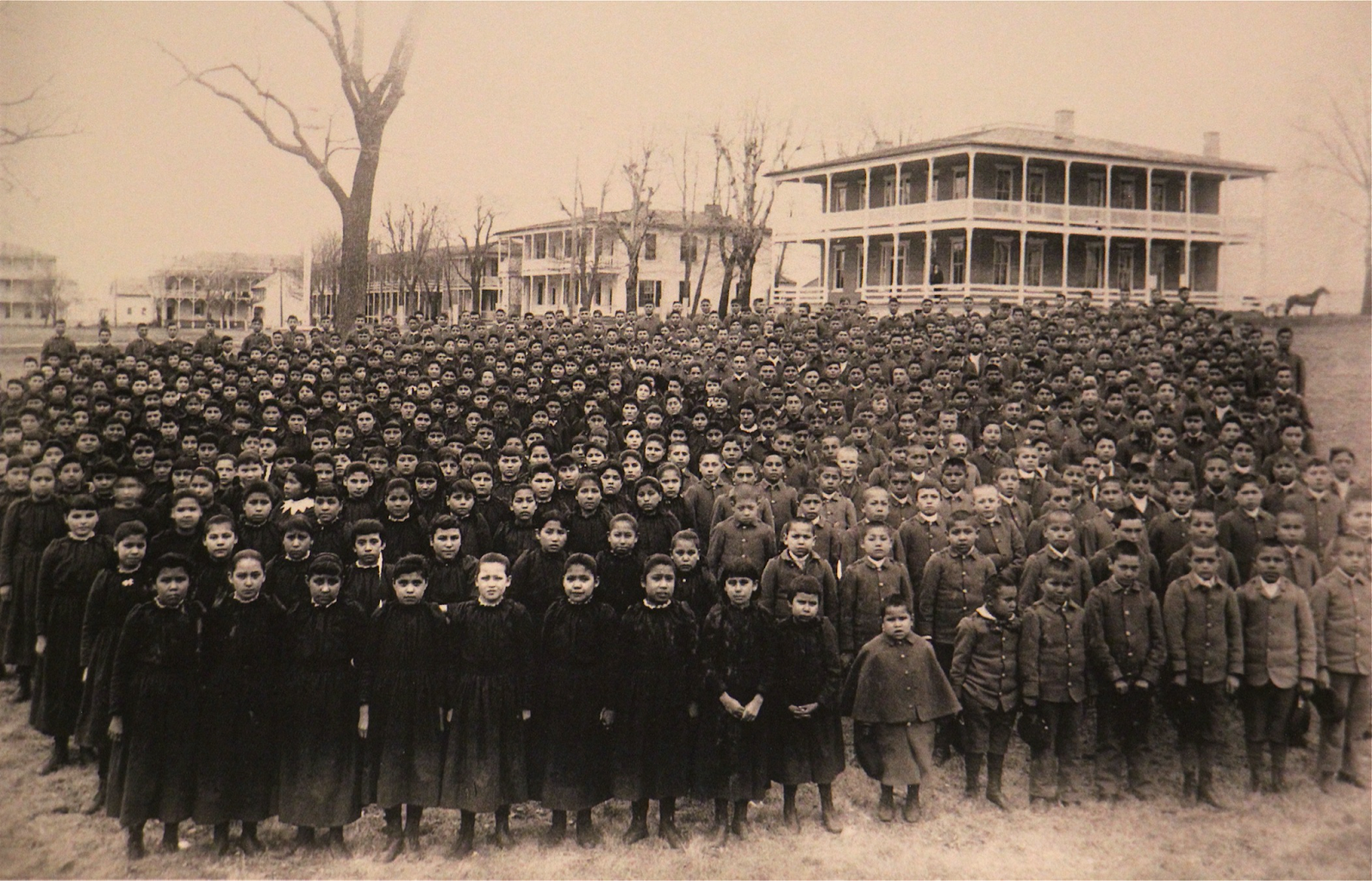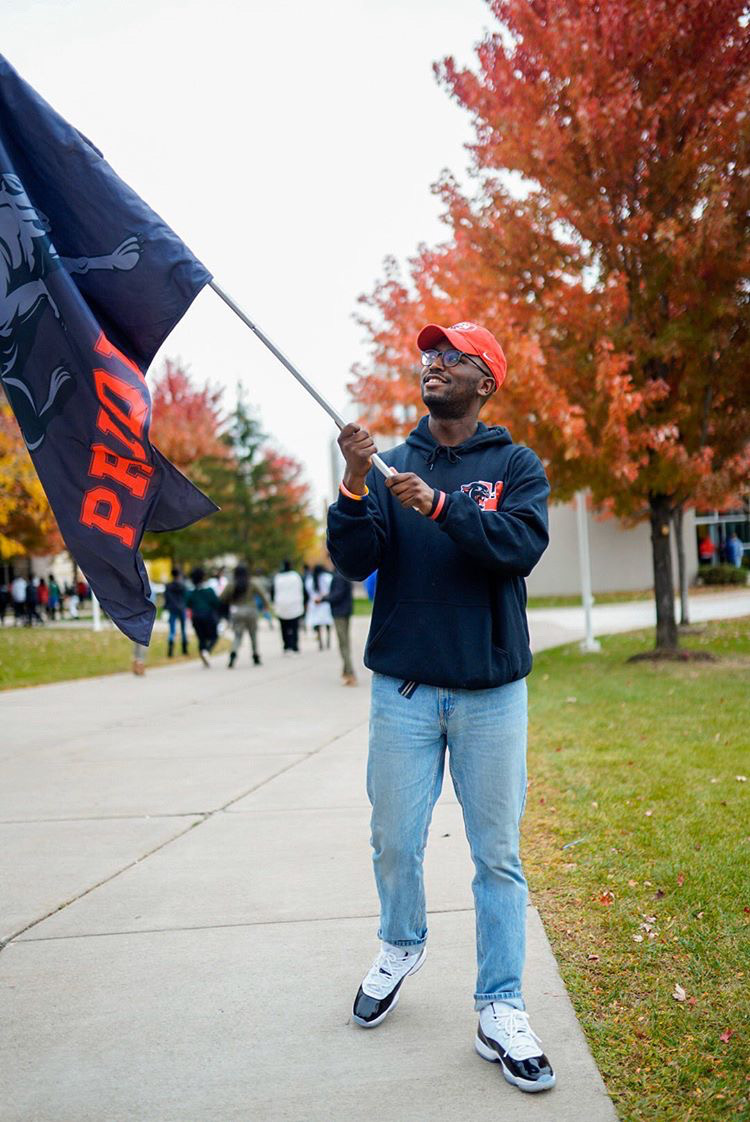Allowing students to wear spirit wear instead of school uniforms, reflects their school pride, instead of forcing them to look alike, feel policed and under guard; denotes freedom of expression; and creates a community of trust from student to school leaders and staff.
Change is necessary.
Approximately five or six years ago, high school students from two of our districts challenged our leadership with our said vision and mission to develop self-expression and innovative academic mindsets, thereby developing the independent learner. Liberating our students and developing independent thinkers and learners is what we strive to do at U Prep Schools. We not only welcome student voice; we actually value it. Their ask was if Leadership might consider relaxing the dress code, allowing them to activate their freedom of expression and liberation in all tenets of their learning experience.
When I was asked to contribute to our monthly CEO Blog with the topic surrounding our decision to move away from school uniforms at the high school level, my initial and very direct thought was, “school uniforms are disproportionately required in low income or urban schools, where the population is predominantly comprised of black and brown children.” I am aware, however, that the history and implications of school uniforms are far more nuanced than that and deserve in-depth language to support my very informed, yet, opinion. If I may have just a few minutes of your time, I’d like to walk you through the history of traditional school uniforms, dispelling the myths that followed, and U Prep’s charge to change.
The History of School Uniforms
We can trace school uniforms back to the mid-1800s when the first Native American Boarding School came into existence on the Yakima Reservation in the State of Washington. European immigrants traveled from the east coast to the west to begin colonizing the native people in very intentional ways, beginning with strict boarding schools. Per the American Indian Relief Council, the goal of the boarding schools was to “use education as a tool to “assimilate” Indian tribes into the mainstream of the “American way of life,” a Protestant ideology of the mid-19th century. The reformers assumed that it was necessary to “civilize” the native Indian, and make them accept European, white male-dominated beliefs and value systems. In other words, the goal was to destroy Native American culture in favor of the new “American way.”
By the 1880s, there were more than sixty of these boarding schools promoting the “prized values of white society”: order, discipline, and self-restraint. In 1879, the most well-known boarding school opened in Pennsylvania, The Carlisle School. The motto for the Carlisle School was “Kill the Indian, save the man”. The typical student was between the ages of 14-18, although some were much younger. The institution sought to do away with all outward signs of tribal life that the children brought with them. The long braids worn by Indian boys were cut off. Boys and girls were segregated by gender, and forced to wear school uniforms mandated by the school’s leadership. Boys wore military-style uniforms and the girls had European-style dresses.

The students were given new European names, including surnames. Traditional Native foods were abandoned, forcing students to acquire the food rites of white society. In addition, students were forbidden to speak their Native languages, even to each other. SOUND FAMILIAR? The Carlisle school rewarded those who refrained from speaking their own language; most other boarding schools relied on punishment to achieve this “aim”.
The expectation of the school to its graduates was that they serve as models upon returning to their reservations. Instead, the Carlisle students returned adrift, trained for jobs that did not exist, ostracized by their peers, and still victimized by white prejudices.
School Uniforms in Urban Schools
Now, let’s fast forward 110 years or so to the mid-1990s, when former then Presidential Candidate Bill Clinton reintroduced the idea of school uniforms in “low-performing” (urban) schools as a key focus during his campaign. President Clinton leveraged a rash of violent crimes that were allegedly committed over designer clothing to push his school uniform agenda. A 1996 New York Times article captured this quote from President Clinton: “It’s tragic when young people without a balanced upbringing, without grounded values, without a secure education, wind up believing that it’s alright to kill somebody for a pair of sneakers or jewelry or a designer jacket.”
My query following his statement, like many intellectuals in this work for improving the educational experience for all children, was, “How do school uniforms solve the systemic issues in America that lead to black and brown youth disproportionately experiencing ‘unbalanced upbringings, no grounded values, or insecure education”? Perhaps you are now beginning to recognize the myth behind the mandate of school uniforms, particularly in underserved communities.
The reality? School Uniforms have never proven to influence student achievement or behavior. I believe the misconception of some parents, derived from their child’s school mandating a uniform, is the belief that their child attended a “good school.”
U Prep’s Charge to Change
In the Summer of 2020, as part of our network’s Culturally Responsive Education training, our senior leadership led professional development sessions for all school leadership teams with the guiding text, Post Traumatic Slave Syndrome by Dr. Joy DeGruy. The text introduced the idea that African Americans suffer from something called Post Traumatic Slave Syndrome or PTSS which focuses on three concepts:
- Vacant esteem
- Ever-present anger
- Racist socialization
For the purpose of this post, I’ll focus on Racist Socialization. Dr. DeGruy writes that “many of us have adopted the attitudes and views of a white, racist America. Many of us see ourselves, and our community through a European, or white, lens. We both mold ourselves to accommodate white prejudices and endeavor to adopt their standards.”
This manifests itself in a myriad of ways. Many African Americans have adopted white standards, including those of beauty and material success, as well as violence and brutality. “School uniforms are a very clear example of a beauty and material standard created from the lens of white people and largely accepted by black people. The violence that allegedly inspired school uniforms can also be directly attributed to the same violence white people have inflicted upon communities of color since the birth of this nation.”
At U Prep, we seek to develop the critical thinker and innovative problem solver who recognizes a community challenge and offers solutions to ultimately improve the whole. This is a paradigm shift and one that follows our practice of culturally responsive teaching and learning. Allowing our students to walk the halls in spirit wear that reflects their school pride, instead of strict or conservative outerwear that forces them to look alike or feel policed and under guard, denotes freedom of expression, builds school pride and creates a community of trust from student to school leaders and staff. We are a community in every way!
Author: Jerry Lawrence is the Assistant School Director at UPA High School. He has dedicated his career to improving the lives of black and brown children both on the East and West coasts. Jerry is a graduate of the University of Maryland – Baltimore County, where he earned his Bachelor of Science degree in Social Work. He received a Masters in Educational Leadership from Grand Valley State University. Jerry has been with the U Prep Schools network for six years and has served as the Internship Coordinator, Dean of Culture, Assistant School Director of Culture, and now the Assistant School Director of the 11th and 12th grade.


You must be logged in to post a comment.